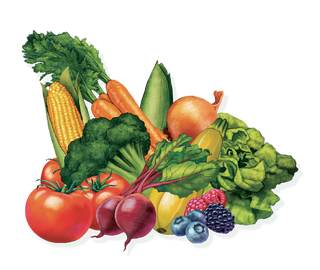How to Grow and Use Rhubarb
Rhubarb is easily one of the most underrated vegetables you can grow in your garden because it's a perennial. That makes it a rarity amongst its vegetable brethren. What's not rare is the production of rhubarb plants year after year. In fact, Gurney's rhubarb plants are so productive, you'll have rhubarb for a decade--or longer!
So how do you grow this hardy vegetable? More importantly, what do you do with all that rhubarb each year? Here are some helpful tips for rhubarb growing and usage.
Growing Tips
Growing rhubarb plants nearly always starts with root divisions; rarely is rhubarb started from seed. You'll want to plant your divisions in an area that receives full sun, although rhubarb will grow in partial shade.
Your rhubarb should be planted in springtime. Space the plants 3 feet apart in fertile, well-drained soil. Position the crowns 3-4 inches below the soil surface.
You'll need to water your rhubarb plant heavily, cultivate it regularly and feed it generously throughout the first year. The stalks can be harvested the second year. After that, they may be pulled during a 6-week period from early spring until early summer. Rhubarb plants can also be mowed, dug and divided in either fall or spring.
Usage Tips
There are plenty of rhubarb recipes, so your yearly crop of rhubarb stalks will be put to good use.
Rhubarb's tart taste is best used in dishes like rhubarb pie, rhubarb crumble, rhubarb jam and rhubarb cake. You can also add it to ice cream and other fresh fruits (it goes best with strawberries and apples). Rhubarb stalks can be eaten on their own, by boiling them in water and adding sugar and cinnamon/nutmeg.

